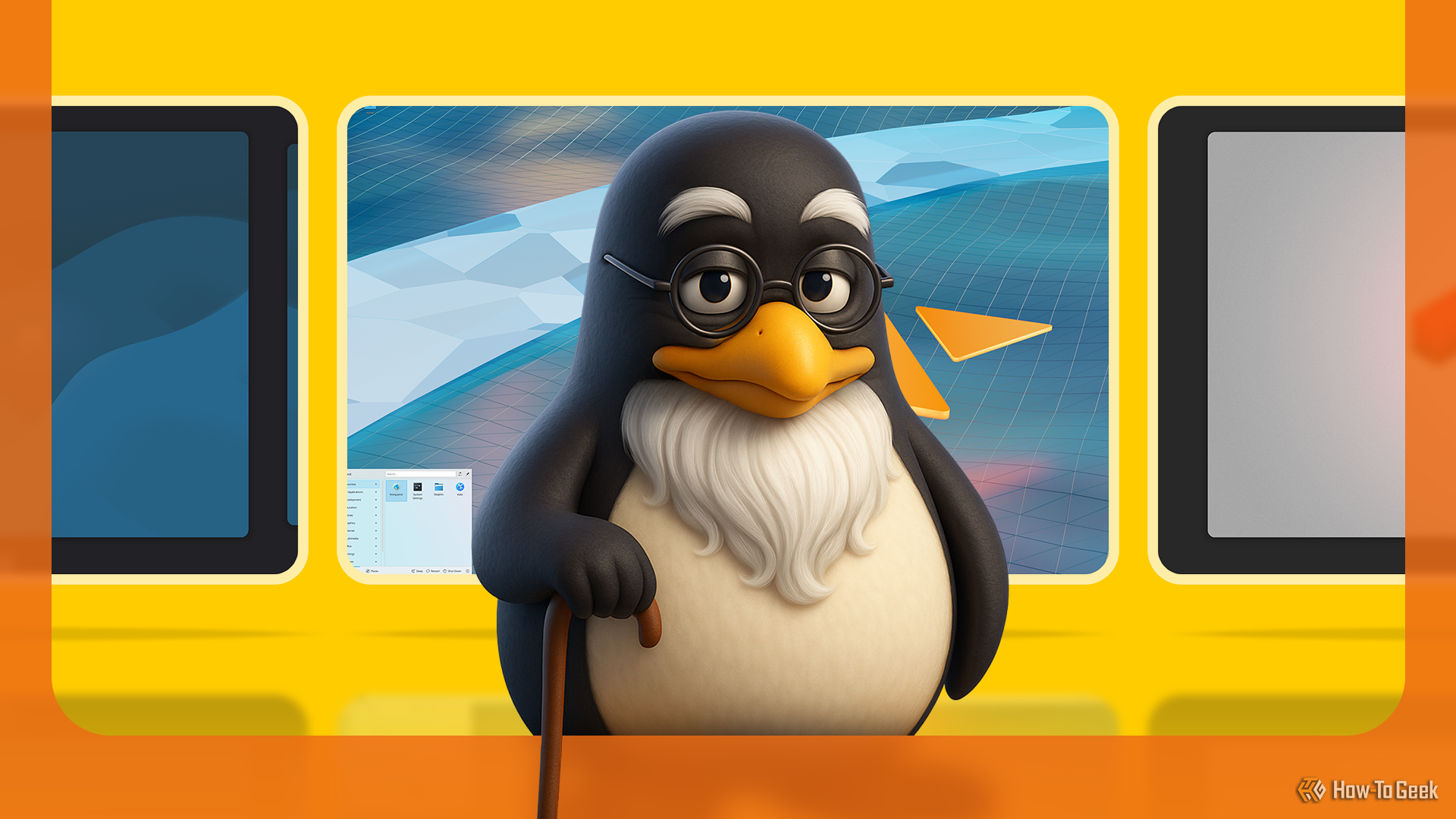So you’ve used Linux for years, but have you used it since the 90s? For the few that have, the rest of us must take a bow—you were right; Linux truly is the greatest, and you knew it from the start. But how much do you actually know about its origins? I’ve recorded the oldest distros still in use.
7
Red Hat Enterprise Linux (Feb 2000)
Red Hat Enterprise Linux (RHEL) is a commercial, subscription-based distro aimed at enterprises that comes bundled with additional support services. RHEL began its life on 22 Feb 2000 as a fork of the much older Red Hat Linux, which was a desktop-focused FOSS distribution dating back to 13 May 1995.
Red Hat, Inc. initially monetized Red Hat Linux by selling commercial copies of installation CDs and partnering with OEMs. In the early 2000s, the company forked Red Hat Linux and pivoted to offering enterprise services through RHEL instead. The final release for Red Hat Linux was on 31 Mar, 2003—three years after the initial release of RHEL.
6
ELinOS (1999)
Unless you’ve dabbled in embedded programming, you’ve probably never heard of this one. ELinOS is a complete, easy-to-install, embedded Linux distro. The intended use case is for high-assurance applications, like medical devices, automotive systems, industrial automation, etc., where security is paramount.
SYSGO, the company behind ELinOS, lists 1999 as the product’s origin on its history timeline, but an official press release places the initial release on 6 June 2000, creating a slight discrepancy.
ELinOS is still very active, and they even list RISC-V boards on their board support package (BSP). If you’re interested, we have an article that explains what RISC-V is.
5
Gentoo (Aug 1999)
For those of you who know your stuff, you may have questioned the date applied to this entry. Gentoo originated from Enoch, the same distro but under a different name. There is some evidence that Enoch released a v0.5 on a distribution CD for a software magazine back in Aug 1999; there are even signs of work dating back to 1998. Gentoo.org was registered in Oct 1999, and Gentoo was released on 31 Mar 2002.
For those that don’t know, Gentoo is a hardcore, DIY, compile-it-yourself distro that builds everything from source. If you have absolutely nothing to do with your life, you should give it a shot.
4
Fermi Linux (Aug 1998)
Fermi Linux is a bit of an odd one. It’s designed to support research conducted at Fermilab, Illinois—a particle physics lab with a particle accelerator. Originally based on Red Hat Linux, its tooling moved to Scientific Linux and more recently to AlmaLinux (or CentOS Stream). What started as a clear distribution has evolved into a nomadic toolkit. I still consider it the same distro because the original intent and developers remain, while only the supporting base system has changed.
So if you’re thinking about conducting some research on particle physics, the hard part is already done. All you need to do now is throw together a particle accelerator—how hard could it be?
3
openSUSE (Mar 1994)
The openSUSE distribution began life on March 29, 1994, as SUSE Linux. It was originally developed by the German company SUSE, whose goal then—as now—was to market Linux to enterprises.
Initially, SUSE Linux was based on Slackware (more on Slackware will follow) before switching to Jurix in May 1996. Jurix stopped development around 1998, prompting SUSE Linux to go independent.
In 2005, the openSUSE Project was formed, releasing its first product in October 2005: SUSE Linux 10.0. The openSUSE Project continues to this day to develop the openSUSE distro, sponsored by SUSE.
openSUSE is a desktop-focused distro with two separate release models: rolling release (Tumbleweed) and stable release (Leap). A significant portion of its user base has stuck with it throughout the years.
If you’re interested, read our article where we try out openSUSE and share our thoughts.
2
Debian (Aug 1993)
Debian needs no introduction. If we include all of its derivatives, it could be considered the most popular Linux distribution of all time—though that specific title more directly belongs to Ubuntu.
Founded by Ian Murdock in August 1993, Debian has always embraced openness and the spirit of the GNU Project. However, its inclusion of non-free software and firmware in its repositories has put it at odds with the Free Software Foundation and the GNU Project, both of which no longer officially endorse Debian.
Despite this, Debian remains an outstanding project and a monument to the modern Linux ecosystem.
1
Slackware (Jul 1993)
Originally released on July 17, 1993, Slackware is the oldest Linux distribution still in operation today. It was originally based on Softlanding Linux Systems (SLS) and focuses on simplicity and software purity. Slackware achieves its goals by minimizing modifications to the upstream source and through other design choices that I would consider questionable.
By default, the package manager on Slackware does not resolve dependencies, and apparently this is how its users like to operate. The purists typically use a set of custom shell scripts to resolve dependencies using ldd, then manually install missing libraries. But that’s not a problem, because Slackware provides a comprehensive set of base libraries by default, and its users are generally happy with this approach. For those who prefer automated dependency resolution (sane people), it is possible to add third-party package managers to Slackware.
Slackware is a legendary distribution that most people have probably never tried, and for good reason. It has earned its place in the list of expert-tier Linux distributions.
Debian, RHEL, and Slackware have been foundational pillars of the Linux community since the beginning. A large portion of Linux distributions—active or defunct—trace their origins, directly or indirectly, to one of these three. RHEL itself is derived from Red Hat Linux; while I consider it a fork, there’s no denying that Red Hat Linux continues to live on through RHEL. So, when I refer to RHEL as a pillar, I’m including both RHEL and its predecessor, Red Hat Linux.
Also, we have reviewed the top 10 most popular Linux distributions that you might find interesting.
Sources: Slackware, Wikipedia; openSUSE, Wikipedia; Debian, Wikipedia; Red Hat Linux, Wikipedia; List of Linux distributions Wikipedia; RHEL, packagecloud; Red Hat, P2PF Wiki; Project History, Debian Wiki; Dependency Discovery, SlackWiki; Arch vs. others, ArchWiki; ELinOS, SYSGO; History, SYSGO; Gentoo, Wikipedia; Gentoo History, Gentoo Wiki; Fermi Linux, Wikipedia; Survey, openSUSE.












